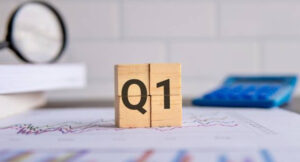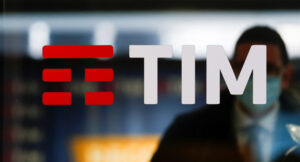A group of US lawmakers and senators has urged Secretary of Commerce Howard Lutnick to ban the sale of TP-Link equipment in the nation, citing national security concerns. In a bicameral letter, the legislators allege that TP-Link maintains close ties to the Chinese Communist Party (CCP), engages in predatory pricing practices to undercut American competitors, and may be embedding foreign surveillance and potentially harmful capabilities into US networks. They warn that the company poses a “clear and present danger” to the nation’s security infrastructure.
“TP-Link is also subject to China’s National Security Law, which grants the Chinese Communist Party access to US systems—potentially even before American authorities are aware of vulnerabilities,” the lawmakers wrote. “Notably, TP-Link is the only router manufacturer that refuses to participate in industry efforts to remediate Chinese state-sponsored botnets.”
The letter to Commerce Secretary Howard Lutnick was signed by Senators John Barrasso, a Republican from Wyoming, Tom Cotton, a Republican from Arkansas, Ted Budd, a Republican from North Carolina, Bill Cassidy, a Republican from Louisiana, Josh Hawley, a Republican from Missouri, Jim Justice, a Republican from West Virginia, Cynthia Lummis, a Republican from Wyoming, Bernie Moreno, a Republcian from Ohio, Pete Ricketts, a Republican from Nebraska, James Risch, a Republican from Idaho, Eric Schmitt, a Republican from Missouri, Rick Scott,a Republican from Florida, and Tommy Tuberville, a Republican from Alabama.
In the House, the letter was led by Congressman Riley Moore from West Virginia, and co-signed by Representatives Gus Bilirakis from Florida, Abraham Hamadeh from Arizona, and John Rose from Tennessee.
The letter highlighted that Chinese state actors have exploited TP-Link small and home office (SOHO) networking devices, including Wi-Fi routers, cellular gateways, and mobile hotspots to wage cyber-attacks in the US CCP agents commonly exploit SOHO routers because those systems have ideal bandwidth and computing power for sustained cyber activities but lack additional layers of security common in enterprise networks.
“TP-Link’s pricing practices have triggered a Department of Justice criminal antitrust probe. TP-Link’s predatory pricing, coupled with its circumvention of tariffs, imminently threatens US competition in a market critical to our national security,” according to the letter. “TP-Link has rapidly captured nearly 60 percent of the US retail router and Wi-Fi system market while expanding the CCP’s cyber arsenal. The CCP uses SOHO equipment for ongoing espionage and targeting of critical infrastructure to pre-position itself for destructive attacks on Americans and communication channels with our allies.”
The lawmakers added, “For these reasons, Commerce should immediately prohibit future sales of TP-Link SOHO networking equipment in the United States. Each day we fail to act, the CCP wins while American competitors suffer, and American security remains at risk.”
Earlier this month, in response to the growing wave of cyber threats targeting public infrastructure, Cotton and Senator Ruben Gallego, a Democrat from Arizona, introduced the Water Cybersecurity Enhancement Act, a bipartisan bill designed to strengthen the cybersecurity resilience of US water utilities.
The Water Cybersecurity Enhancement Act would extend and expand the existing Drinking Water Infrastructure Risk and Resilience Program, strengthening its scope to address modern cyber threats. Additionally, the legislation would provide technical assistance and grants to community water systems, offering training and guidance to help them protect against and respond to cyberattacks.
The legislation follows rising concern over cyberattacks by foreign adversaries, including Russia, China, and Iran, that have increasingly targeted municipal systems across the country. Often underfunded and lacking robust digital defenses, water utilities have become a prime target for malicious actors seeking to disrupt essential public services.
The spotlight on TP-Link equipment underscores growing concerns over Chinese intrusions into US critical infrastructure. This week, a news report revealed that US energy officials are reassessing the risks associated with Chinese-made components in the renewable energy sector. Unexplained communication hardware was reportedly found in devices, such as power inverters, which are critical systems primarily manufactured in China that connect solar panels, wind turbines, batteries, heat pumps, and electric vehicle (EV) chargers to the power grid. Industrial Cyber









